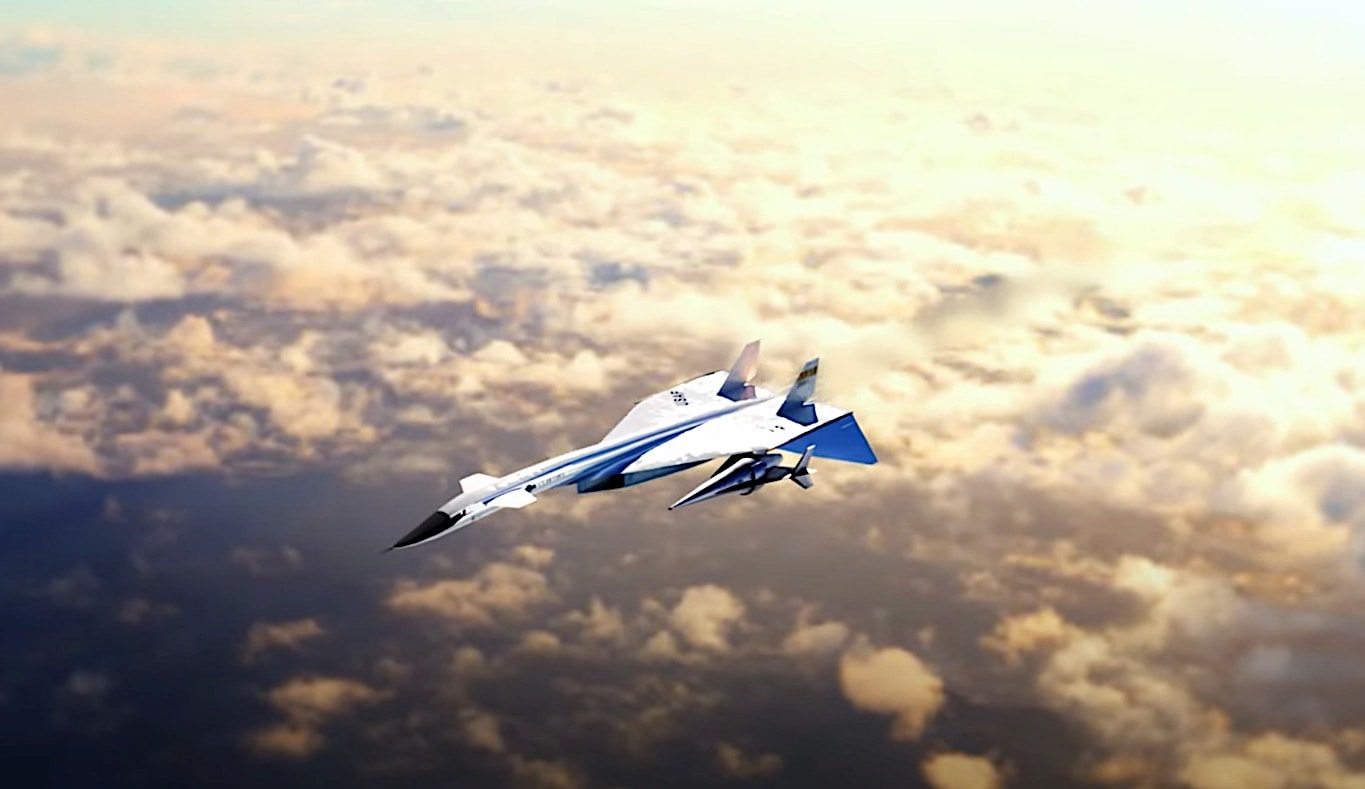The Cold War, a period of heightened global tension following World War II, catalyzed an unprecedented arms race that spurred rapid advancements in technology. Aviation, a critical component of military strategy, underwent a transformative evolution as nations sought to dominate the skies.
The imperative to develop aircraft capable of delivering devastating firepower while evading sophisticated defenses ignited a fervent pursuit of innovation. The B-52 Stratofortress and B-58 Hustler, emblematic of this era, represented significant strides in bomber design. However, their inherent limitations, such as the B-52’s comparatively slow speed and the Hustler’s reduced range, prompted the U.S. Air Force to envision a more capable platform.

Enter the XB-70 Valkyrie, a monumental leap forward in aerospace engineering. Conceived as a supersonic behemoth capable of penetrating deeply into enemy territory, the Valkyrie embodied the pinnacle of technological ambition. Powered by six colossal General Electric turbojet engines, it promised to redefine the boundaries of long-range, high-speed flight.
The Valkyrie was a testament to human ingenuity, incorporating cutting-edge design principles and materials. Yet, despite its immense promise, the Valkyrie’s fate was sealed by a confluence of factors. The emergence of intercontinental ballistic missiles as a potent deterrent, coupled with escalating development costs, led to the program’s untimely cancellation.
Nevertheless, the XB-70 Valkyrie endures as an iconic symbol of human aspiration, a reminder of the relentless pursuit of technological excellence in the face of adversity. Its legacy continues to inspire engineers and scientists, serving as a benchmark for future generations of aerospace innovation.
The XB-70 Valkyrie was a marvel of engineering, a testament to human ambition, and a tragic casualty of evolving warfare. Conceived as a supersonic behemoth capable of evading any defense, it was a product of its time, a Cold War-era titan designed to deliver overwhelming force.

Its delta-winged silhouette, sleek and imposing, belied the technological marvels within: advanced materials, powerful engines, and a design pushing the boundaries of aerodynamics. Yet, the rapidly advancing world of warfare rendered it obsolete even before its full potential could be realized.
The Valkyrie’s story is one of both triumph and tragedy, a tale of innovation tempered by the harsh realities of strategic change. Despite its untimely demise, its legacy lives on, influencing subsequent aircraft designs and inspiring generations of engineers and aviation enthusiasts. The Valkyrie remains an enduring symbol of human ingenuity and the relentless pursuit of technological supremacy.

